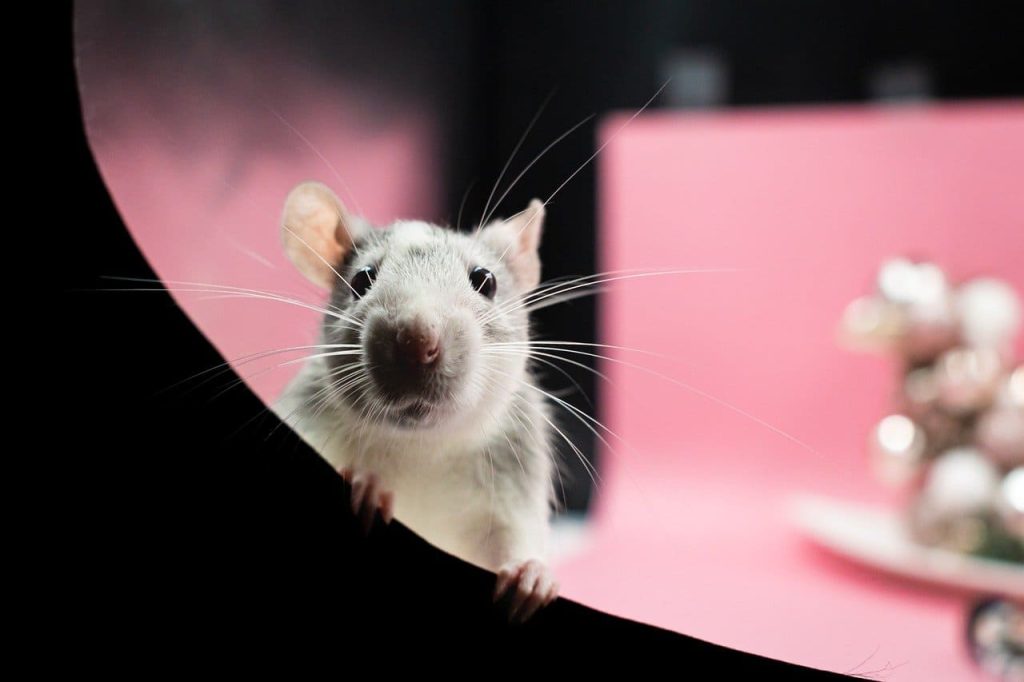Imagination is among the most complex and magical functions of the human brain, yet new research suggests that we aren’t the only species with the ability to take flight in our mind’s eye. According to the results of a new study, even the lowly rat has the capacity to dream up fictional journeys, traveling to non-existent locations in their thoughts.
Like humans, rats possess neurons known as “place cells” within a brain region called the hippocampus, which is central to both memory and imagination. As the rodents move around, these place cells fire in ever-changing configurations that represent the environment in which they find themselves at any given moment.

Within the human hippocampus, the firing patterns of these place cells are remembered and stored as “cognitive maps”. Like mental models of previously experienced environments, these maps can be recalled and retraced in our imagination at any moment, thus allowing us to transport ourselves to distant locations without moving our bodies.
Wondering whether rats might have the same ability to mentally traverse their cognitive maps, the researchers created a brain-machine interface (BMI) that could decode the firing patterns of the animals’ hippocampal cells. To do so, they placed the rodents on spherical treadmills, translating their movements into a 360-degree virtual reality environment that was displayed on a screen.
As the rats learned to navigate this digital realm in search of a reward, the decoder was able to decipher how hippocampal firing patterns translated into movement through the environment. With the BMI sufficiently trained, the researchers deactivated the treadmills so that the rats could travel through their virtual surroundings and obtain their reward using only their thoughts.
“Rats successfully navigated by controlling their hippocampus, generating efficient paths to each goal,” write the researchers. Commenting on this finding in a statement, study author Chongxi Lai explained that “the rat can indeed activate the representation of places in the environment without going there.”
“Even if his physical body is fixed, his spatial thoughts can go to a very remote location,” continued Lai.
After displaying their ability to move through a virtual environment using only their imagination, the rats were then challenged to mentally pick up and move an object within this mental terrain – an activity dubbed the “Jedi task” by the researchers. Once again, the animals had no trouble imagining themselves relocating the object.
“To imagine is one of the remarkable things that humans can do. Now we have found that animals can do it too, and we found a way to study it,” said study author Albert Lee.
The surprising upshot from all of this is that rats appear to exert the same precision control over their hippocampal activity as humans. When navigating their imaginary environment, the rodents were able to sustain particular patterns of neural activity for many seconds, thus enabling them to hold their thoughts on a given location for a realistic period of time.
Astonished by this unexpected finding, study author Timothy Harris said, “The stunning thing is how rats learn to think about that place, and no other place, for a very long period of time, based on our, perhaps naïve, notion of the attention span of a rat.”
The study is published in the journal Science.






